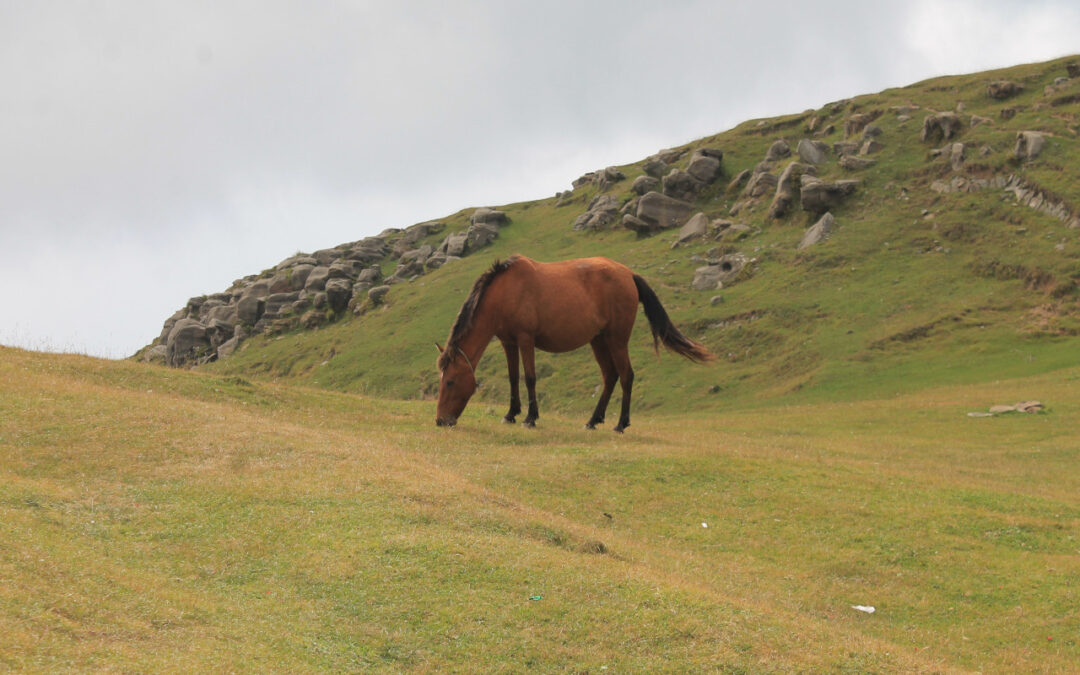Some horses tend to show bad habits. Once you notice them, determine the cause and correct the bad habits at once. Here are some of the bad habits of horses and how you can handle them properly.
Balking
The horse refuses to move forward and shows a bad temper. This habit is curable. Try to review the forward work through longeing and in-hand. Turn the head of your horse to un-track right or left. Don’t pull the rein or exert force because you will lose.
Barn sour/herd bound
The horse rears, balks, screams, and swings around the herd or barn. Like balking, this is also curable. If your horse is stubborn, you may need professional help. Review your lessons concerning ‘whoa’ and ‘go’ just in case your horse is not too stubborn.
Biting
Horses nibble or grab with their teeth/lips. This is common among young horses. When your horse nips, handle the muzzle, lips, and nostrils frequently and tug on the nose chain. You can also use the thumbtack on the sleeve. Hold the wire brush to the horse’s lips and use the muzzle.
Bolting
Some horses bolt when you turn them loose. This is a dangerous situation because the horse often kicks as he bolts away. Before removing the halter, tie a rope around his neck and use ground treats.
Bucking
The horse leaps or kicks with the hind legs lowers its head, and arch its back. Progressive training is required and makes sure that you check the tack fit. You should also monitor exercise and feeding.
Can’t catch
The horse avoids humans carrying halter/lead. This is curable, but you need to give your horse time. Start training in a small or confined area and as the training progresses, move to a larger area. Don’t punish your horse when it can’t keep up with the training.
Halter pulling
Rears when being tied. This is another dangerous situation and, in some cases, incurable. You must seek the help of a professional at once.
Kicking
Kicks a person with the hind legs. This is also a dangerous situation where professional assistance is needed. Remedial methods to restrain the horse are usually employed. You can’t completely cure this problem.
Rearing
The horse stands on its hind legs and sometimes falls backward. Check for any back or mouth problems. Review training on longeing and forward in hand. If nothing happens, get professional help.
Striking
The horse uses its front legs by swiping. If your horse rears, at the same time, you should be very careful because you might be struck on the head. Try head handling techniques (ears, mouth, and nostrils), head down lessons, sacking out, and body handling.
Shying
Spooking at imagined and real sounds, sights, occurrences, and smells. This habit is generally curable. Control the movements of your horse with restraining aids and driving.
Stumbling
The horse loses balance and falls. This is another curable habit. You need to assess hoof balance, condition your horse properly, check the break-over, and ride your horse with additional weight.
Wringing of the tail
The horse rotates or switches its tail angrily; if your horse gets used to this habit, it may no longer be curable. Correct it by the proper fitting of the saddle, massage, rider lessons, and medical therapy. Make the training progressive and set achievable demands.


